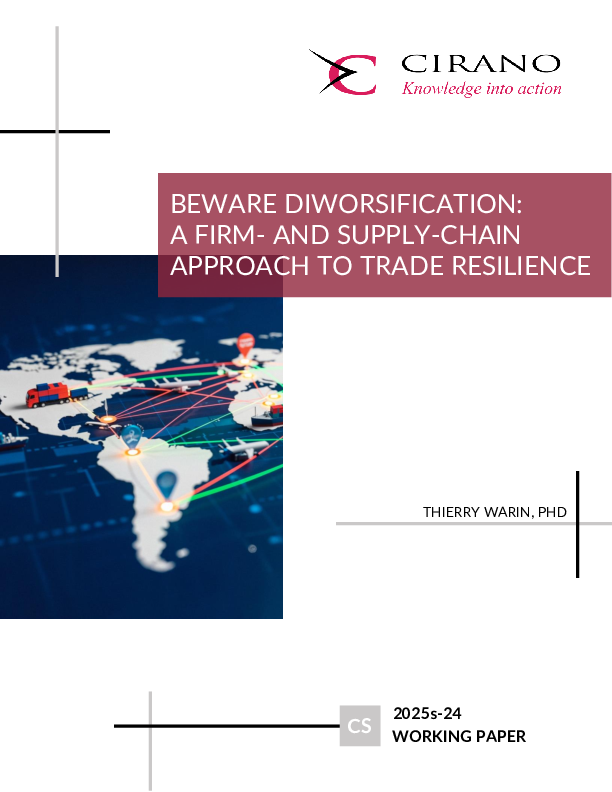Le partage du financement des services de l’agglomération de Montréal en 2020: État des lieux, analyse et éléments de comparaison
This text is divided into four parts. The first presents the agglomeration of Montreal, its expenditures and its financing mechanisms. The agglomeration created in 2006 covers the administrative territory of the Island of Montreal. It is made up of Montreal City (which includes 88% of the population) and 15 suburban municipalities. In 2020, its main expenditures were for police services (28%), public transport (25%), the fire service (16%) and the water service (10%). Its financing is done by municipal shares. These reflect, for more than 90%, the distribution of real property values among municipalities. The suburbs according to their association consider their contribution to the financing of agglomeration expenditures to be too high. The second part of the report presents the main principles that can be used to choose the method of financing public services. It examines how the agglomeration's services generate more or fewer externalities and are more or less public goods. The third part presents examples of cost-sharing formulas between municipalities for five public services: police, fire, public transport, waste and water. The last part of the paper indicates that the dissatisfaction of the suburbs is not explained by a deterioration of their situation over time. The use of the population as a complementary indicator to the property wealth for the calculation of the quotas will not generate a more equitable distribution, but it may represents an acceptable compromise in the event of a redefinition of the shares.




